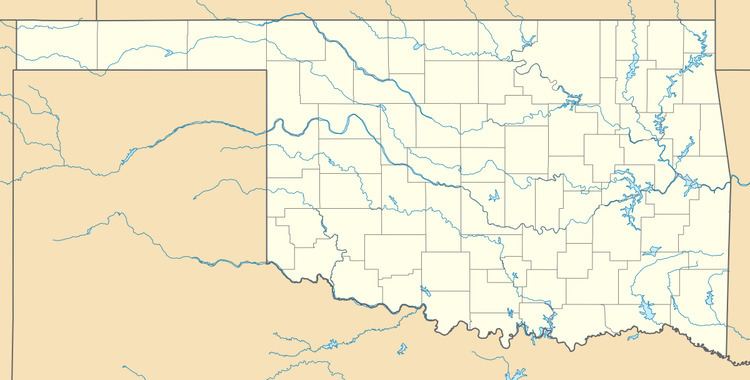Architect Alfred Wright Designated NHL December 21, 1965 Opened 1832 Added to NRHP 15 October 1966 | Built 1832 NRHP Reference # 66000949 Address Millerton, OK 74750, USA Area 14 ha | |
 | ||
Similar Wheelock Church, Fort Washita, King Opera House - Arkansas, Spring Street Historical, Museum of the Red River | ||
Native american paranormal project wheelock academy trailer
Wheelock Academy was the model academy for the five civilized tribes' academies. It was started as a missionary school for Choctaw girls, and is still owned by the Choctaw nation. The school closed in 1955 and the only remaining Choctaw school Jones Academy became coeducational. The site is located 3 miles (4.8 km) east of Millerton in McCurtain County, Oklahoma. It is owned by the Choctaw Nation and is administered by the Bureau of Indian Affairs.
Contents
- Native american paranormal project wheelock academy trailer
- Save the indian girls school wheelock academy
- History
- Curriculum
- Closure
- NRHP listing
- Present condition
- References
Save the indian girls school wheelock academy
History
In 1832 the Academy was initiated by Alfred Wright, a physician and missionary who co-founded the nearby Wheelock Church. He and his wife, Harriet Wright, had travelled with the Choctaw tribe when they were expelled from their previous homeland in the southeasten United States and forced to emigrate to Indian Territory. He named the school for Eleazar Wheelock, founder of Moor's Indian School, later known as Dartmouth College. Within a year, the Superintendent of the Choctaw Agency reported that Wheelock Academy had become a model for Indian education. In 1839, Wright expanded the school by building a large dormitory.to accommodate boarding students. The institution he founded became the first Choctaw national academy in 1842. Alfred died March 31, 1853. Reverend John Edwards was named to replace him as the head of the school. Harriet left the mission within a year because of ill health. She died in Florida in 1863.
Wheelock Academy was closed during the Civil War (1861 - 1865). It reopened for a short time after the war, but a fire in 1869 destroyed many of the buildings. Classes resumed in some of the less damaged buildings. The Choctaw Nation rebuilt the facility in 1880 - 1884, with assistance from the Southern Presbyterian Church. Although the Presbyterian Home Missions Board and the Federal Government became involved in administering the school, it remained owned and financially supported by the Choctaw Nation.
Curriculum
Children attending the Choctaw academies were ten to sixteen years old. When the boarding schools for females first opened, the girls were taught given English names and told that all instruction would be in English. They were forbidden to use their native language while they were at the school. The curriculum included sewing, making clothing and doing household chores. They also learned business skills, reading, writing and spelling in the English language. Additional courses included Arithmetic, music, and geography were also taught, and in some schools pupils learned algebra, geometry, U.S. history, chemistry, philosophy, botany, astronomy, painting, drawing, and Latin grammar.
Closure
The 1898 Curtis Act had required the gradual closure of all tribal schools. By 1930, Wheelock and the Jones Academy in Hartshorne, Oklahoma were the only remaining Choctaw schools. In 1932, Wheelock became a United States Indian School. In 1955, its functions were merged with Jones Academy, and the Wheelock site was closed permanently.
NRHP listing
The site was declared a National Historic Landmark in 1965. It was added to the National Register of Historic Places in 1966.
Present condition
Only seven buildings remain standing, most in deteriorated condition. Although the local people maintain the grounds, and one building, the former LeFlore Hall, has been turned into a museum.
In 1999, a news program noted that Delton Cox, treasurer of the Choctaw Nation was leading a poject to restore the old academy. By then, all of the remaining buildings had been painted and reroofed, at a cost of $70,000. Complete restoration has been estimated to cost $3 million. Cox said that the Choctaw Nation would like to turn the restored facility into a college (which would be the first tribal-owned college in Oklahoma).
A 2001 report to Congress, National Historic Landmarks at the Millennium, listed Wheelock Academy as one of the "Threatened Landmarks in America". The report specifically cited deterioration, looting and vandalism as specific threats.
